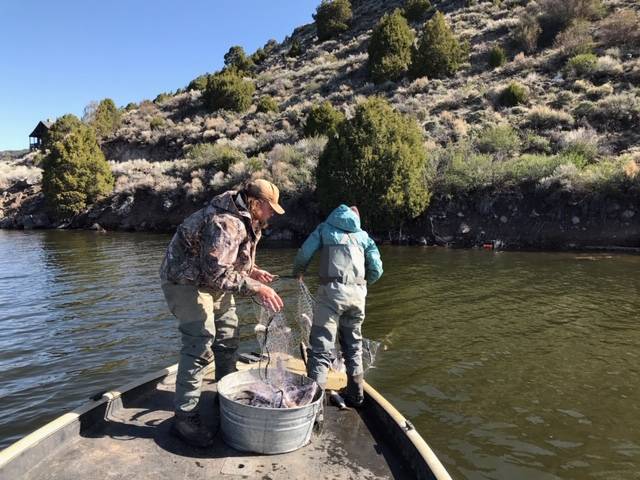DWR Press Release
SALT LAKE CITY — Due to an upcoming rotenone treatment to help restore native cutthroat trout, the Utah Division of Wildlife Resources issued an emergency change on Monday to increase the fish limit at Fall Creek and its tributaries — including Phinney and Anderson lakes — effective immediately.
DWR Director J. Shirley issued the emergency change to the Utah Fishing Guidebook on May 13, allowing anglers to keep up to 16 trout of any species.
“This emergency change will allow the public to harvest more fish from the drainage before the treatment takes place next year,” Shirley said.
The DWR will treat Fall Creek and its tributaries, including Phinney and Anderson lakes, with rotenone in summer 2025. This treatment will remove non-native fish from the area in an effort to restore cutthroat trout to their native range. The lower end of Fall Creek is roughly 9 miles from the Rock Creek Trailhead. The upper end of Fall Creek is roughly 12 miles from the trailhead.
All other rules established in the 2024 Utah Fishing Guidebook remain in effect.
Why are rotenone treatments done?
In addition to increasing the diversity of angling opportunities, these project treatments will help the native fish and ensure cutthroat trout populations improve. Habitat loss, breeding with non-native trout and competition from non-native trout have caused dramatic declines in native cutthroat trout populations around the West, leading to concerns about the species’ future. Learn more about cutthroat trout restoration efforts on the DWR website.

